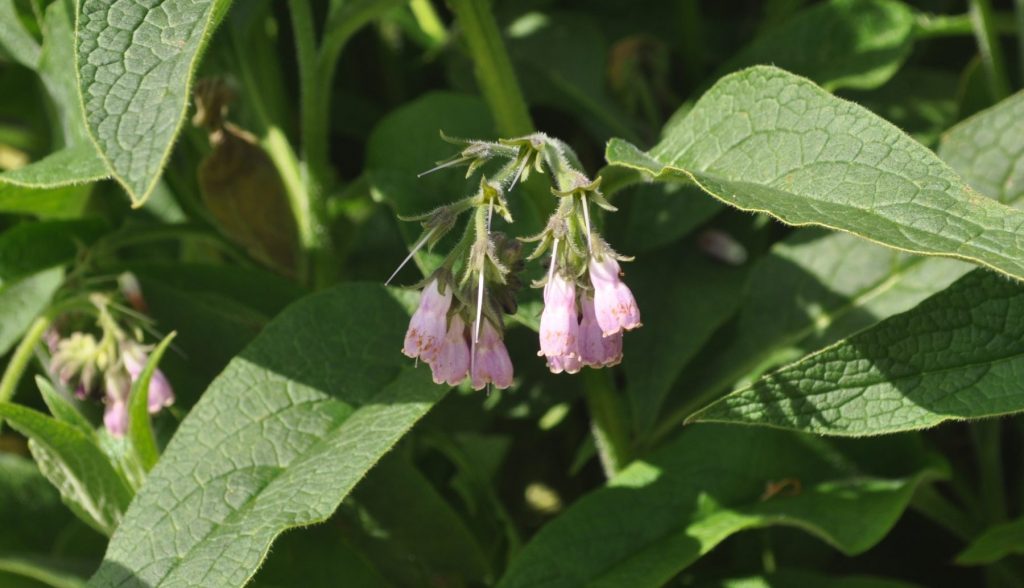Kim outlines some additional ingredients for the best ever all-in-one natural soil improver for the veg patch…
Your soil is the key ingredient in the success of your resilient produce growing efforts so it’s essential to treat it well. Building fertility can be done in a number of ways, and once you have this there is little need for additional fertilisers or soil improvers, other than an annual mulching of compost (aka gardeners black gold) and maybe some manure. It really is as simple as that.
Yes, you can buy or indeed make all manner of fancy supplements to pass onto your plants, but it’s completely unnecessary to do so when your compost is turbo charged. So why not save the cash, time and effort by instead going all out to make your pile the best it can naturally be? Alongside the basic materials (around 50% green waste mixed evenly with 50% brown waste), here’s a look at some of the extra-special ingredients that can also be added to make a most outstanding all-in-one soil improver of your own:

Comfrey
This easy-to-grow perennial is a veg patch must in my opinion. Its nitrogen, phosphorous and potassium-packed leaves provide a highly beneficial addition to your home-made mix. Bocking 14 which is sold through the Organic Gardening catalogue has also been shown to have a higher nutrient content than common wild comfrey and its fast growing leaves can be harvested and added to your compost pile several times a year.

Nettles
These nitrogen-rich weeds have many great uses for your smallholding. Although you wouldn’t want them taking over, allowing a small patch to grow will attract lots of wildlife such as butterflies and ladybirds (who like laying their eggs on the leaves). Added to your compost heap, nettles also act as a compost accelerator, helping to speed things along no end. Rather than making a separate fertiliser why not just add leaves and stems directly. Just take care to ensure there are no roots or seeds present as these will live in your average colder decomposition system.

Leaf mould
This is another fantastic free material which many of your trees dutifully furnish you with in the autumn. Rather than making a separate leaf mould pile, add leaves directly as part of a brown layer to your heap. As a highly potent soil improver in its own right, this addition will be sure to supercharge your compost to the benefit of your plants.
Seaweed from the beach
If you live close to the sea then why not take a few carrier bags next time you visit to collect some of this hugely mineral-rich booty for your veg patch. As well as all the nitrogen, potassium, magnesium and so forth it contains, it also boasts hormones which help to stimulate plant growth. Plus… seaweed helps to encourage the micro-organisms in the soil. It truly is a wondrous plant.
You are on safe ground foraging wise as long as you just collect any material that has washed up onto a beach. Seaweed collected can then be chopped up or added whole as a green layer to your outside bin.

………..
Tip – how to make your supply go that bit further
It’s very difficult to make all the compost you would need yourself each season, so as well as buying some peat-free extras in, you can also purchase (or make) a compost tea-making kit to spread the microbial activating benefits that bit further. Doing so is especially beneficial early in the season when the foliar application of your home-brewed tea will boost the health and vitality of seedlings no end.
……….
.A version of this article first appeared in Kim’s resilient gardener column in the March issue of Country Smallholding magazine
